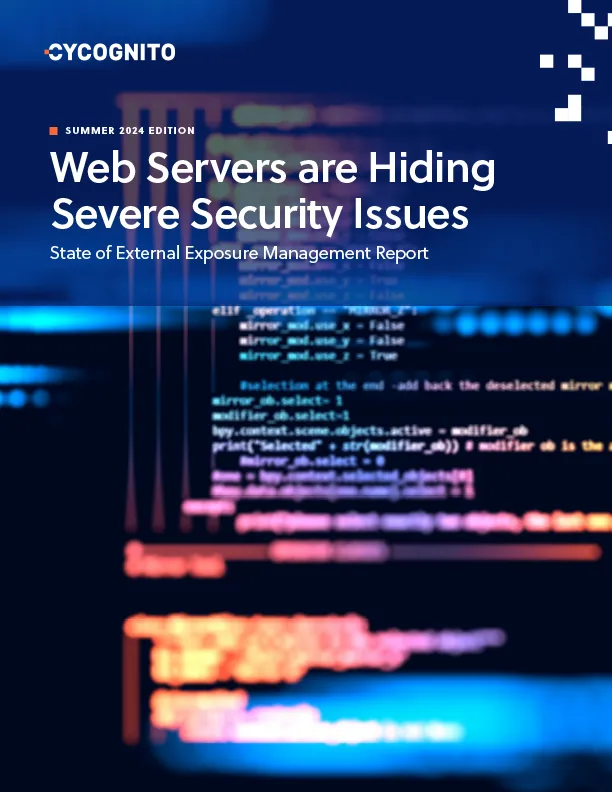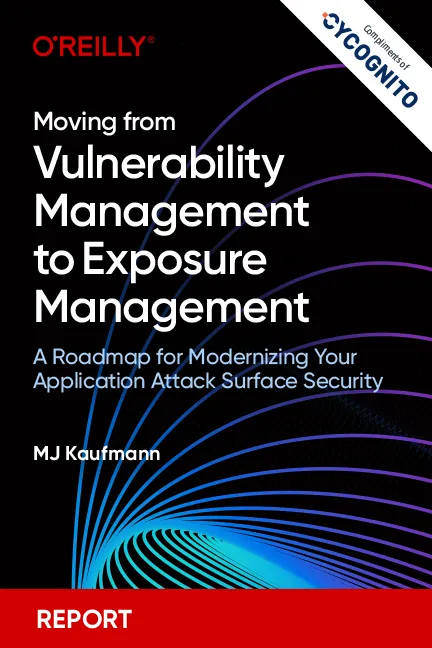A practical, 5-step approach based on advice from the experts
Digital transformation, adoption of cloud, the disappearing perimeter, and in 2020 the sudden everyone-work-remote push of COVID-19 has super charged the urgency and adoption of a Zero Trust approach to security. A simple Google search brings up volumes of news about ransomware getting through the perimeter to take over organizations in attacks that take advantage of corporate exposure to the internet through vulnerable and unpatched network equipment and servers, misconfigured workloads, remote access servers with open RDP access, and more.
Now is the perfect time to kick off a Zero Trust initiative if you haven’t already. Zero Trust has implications for almost every element of your IT infrastructure. It can feel like you are boiling the ocean.
But where do you start?
If you examine the Forrester and NIST playbooks for achieving a Zero Trust architecture you will discover a practical blueprint for implementing your initiatives. We took inspiration from their advice to create the 5-step process outlined below.
Step 1: Baseline
The experts agree that the first thing you need to do is discover and inventory all your assets.
This extensive asset inventory must include known owned assets as well as difficult-to-discover unknown “shadow IT” assets and third-party-owned assets that connect into your enterprise. Both Forrester and NIST emphasize the requirement to have this asset inventory baseline and both warn that a Zero Trust initiative can fail if you don’t do this. This is basic infrastructure and security hygiene but most organizations do not have a reliable asset inventory, so this is where your Zero Trust journey begins.
Step 2: Test & Secure
Perform a risk assessment on your assets and business processes. Involve the owners of those assets and processes. This also includes third-party owners. Take steps to secure these assets. NIST specifies security posture, configuration management and monitoring here.
Step 3: Establish Microperimeters & Policies
This is where you build policies and deploy new technologies to move your organization to a Zero Trust default model. Make sure your microperimeters are tightly controlled because, as your digital transformation progresses, you will have more assets outside your traditional perimeter. A network-centric project might lean in on microsegmentation here. An identity and access project would lean in on user-centric access policies. A cloud project might focus on security configurations. Most organizations start with a reporting-only or a test deployment mode to ensure new policies are workable before moving to fully deployed enforcement.
Step 4: Continuously Monitor
Continuously monitor your environment and log traffic. Be prepared to respond to issues and modify policies based on real world operations. Watch for emerging exploits, vulnerabilities, and exposures. The Forrester model emphasizes visibility and analytics to help your SOC respond better and faster to security issues. NIST recommends establishing a baseline of activity patterns after initial deployment so that later anomalous behavior can be more easily identified.
Step 5: Automate, Orchestrate, & Report
Forrester recommends organizations deploy orchestration and automate responses to security incidents and changes in the enterprise environment. You’ll thank yourself if you can find ways to do this. This is often easier said than done but every little bit helps. Track your progress and report your success back to leadership. It is easier to get budget and resources if you can show steady progress.
A typical enterprise will operate with a hybrid of Zero Trust and traditional perimeter architectures. Most Zero Trust strategies are chunked into Zero Trust projects anchored in specific network, cloud, application, or access initiatives. You will continually revisit this process as you identify new initiatives, assets, and workflows for your organization.
Raphael Reich, a former Vice President of Marketing at CyCognito, has helped bring innovative, category-defining security products to market for over two decades.










 Attack Surface
Attack Surface